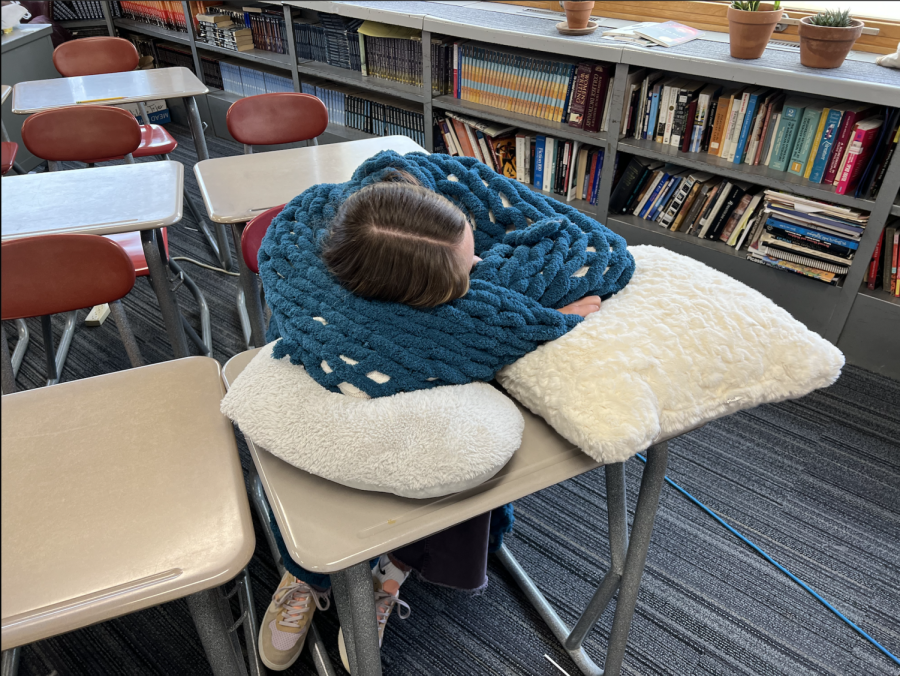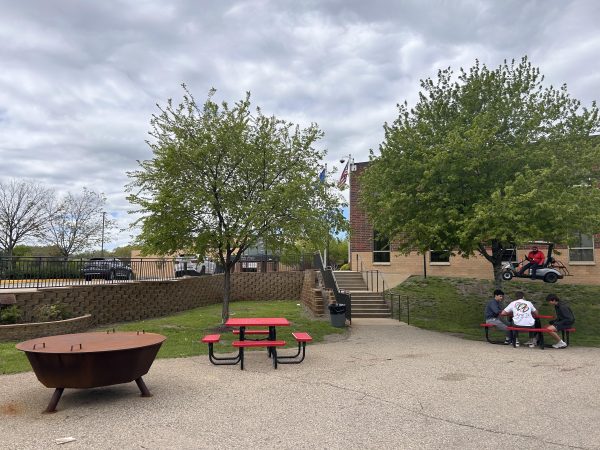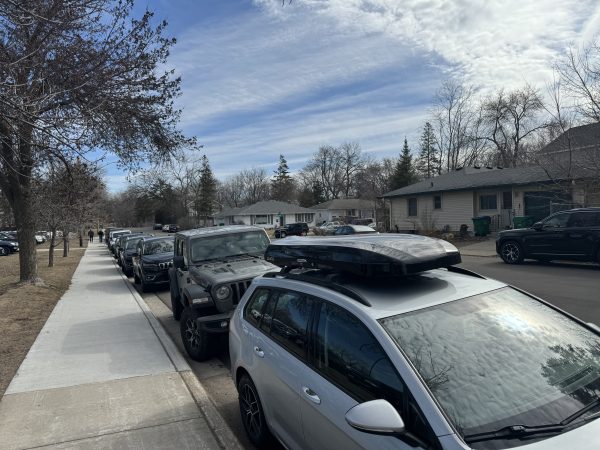BSM Needs a Nap Room
Students have troubles staying awake during class due to the lack of sleep at night.
BSM has recently added many new spaces to the school in an effort to provide a conducive learning and working environment outside of the classroom. While these spaces have been a welcome addition to the school, they lack the privacy and comfort that would allow for rest between classes or during scheduled breaks. Wouldn’t we all like a place to go when we’re tired, stressed, or anxious? A nap/calming room or space could be a perfect solution. This room would be filled with comfortable seating/sitting areas to recline or lay down, low lighting, calming music, invigorating scents and would allow us to just unwind and relax.
Many studies have shown that the majority of teenagers are sleep deprived and just generally tired. Most high school students have a multitude of activities, family commitments and responsibilities, sports and extracurricular activities and loads of homework each night which tends to result in too little sleep. The American Academy of Sleep Medicine notes that teenagers between the ages of 13 and 18 should get on average 8 to 10 hours of sleep per night. Unfortunately, the majority of teenagers between 13 and 18 get approximately 7 hours of sleep each night. The consequences of not enough sleep can result in a wide array of issues which take away from our ability to function at a high level. This includes a shorter attention span, decreased memory retention, mood swings, and many other similar factors that hinder a student’s ability to learn.
There is a mounting body of evidence that now supports short naps (20-30 minute naps) as a method to improve neurocognitive function, focus, information retention and motivation. To further support this notion, several large school districts, including the Chicago Public Schools have designated specific times for students to nap and provided for conducive rest spaces throughout their buildings. There are many more studies and findings that support the concept of small periods of rest and their positive impact on focus, learning and attitude.
If BSM would develop/convert underutilized space into a nap/calming/spa room or space, students would be able to obtain a quick recharge during the school day. This would allow us to be refueled for our upcoming classes and activities. It is likely that the subsequent effects would also help to improve learning and grades, performance in extracurricular activities and general physical and mental health and well being.

















































